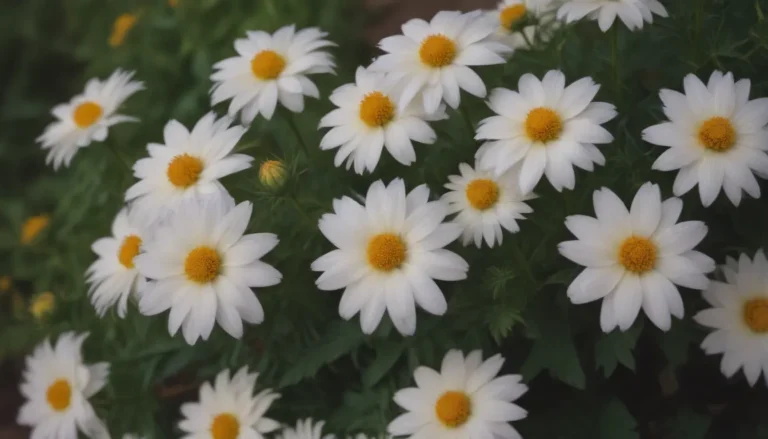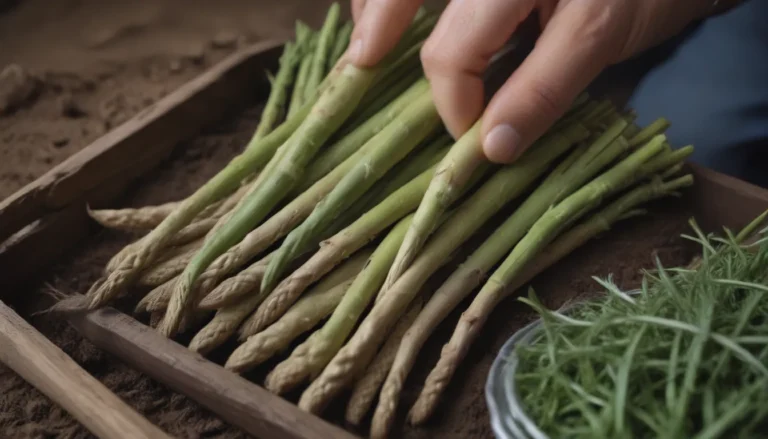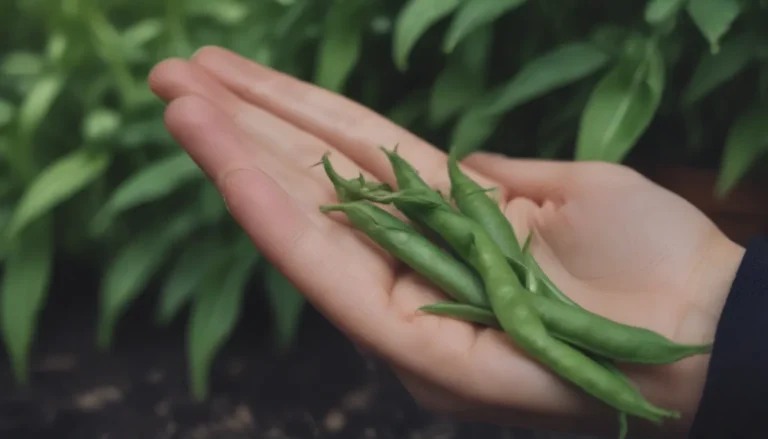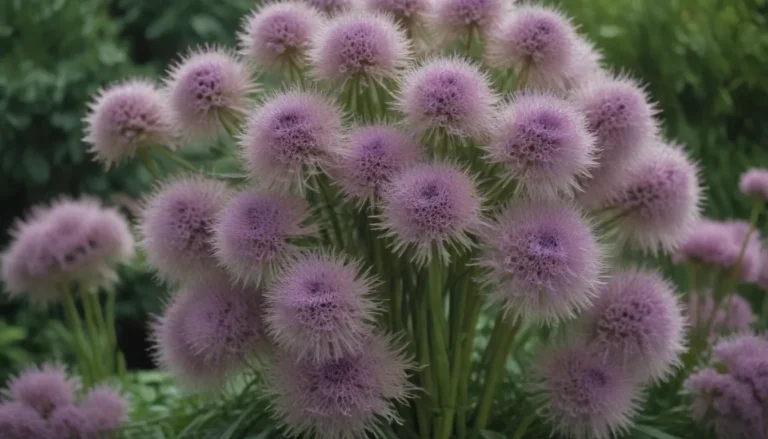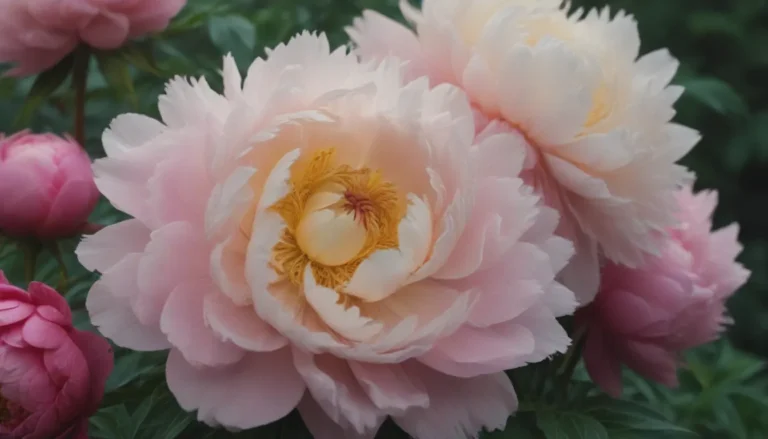Ultimate Guide to Monstera Subpinnata: Plant Care & Growing Tips
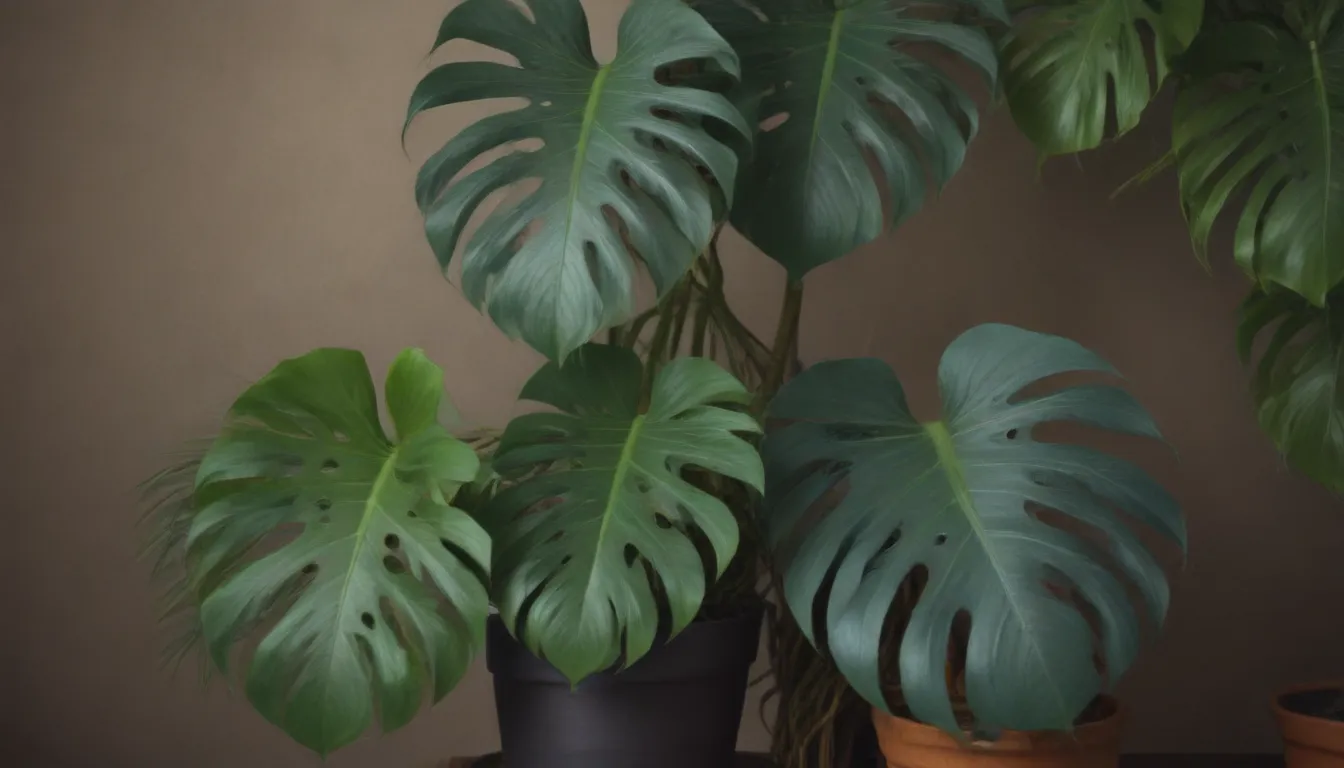
If you’re a plant enthusiast looking to add a touch of tropical vibes to your indoor or outdoor space, then Monstera Subpinnata is the perfect choice for you. Known for its striking palm-like foliage and unique pinnate growth pattern, this fast-growing vine can make a stunning addition to your plant collection. In this comprehensive guide, we will explore everything you need to know about caring for and growing Monstera Subpinnata, from lighting and soil requirements to pruning and propagation techniques.
Introduction to Monstera Subpinnata
Monstera Subpinnata is a tropical vine native to Ecuador, where it thrives in warm, humid environments protected from direct sunlight under the canopy of trees. With its alternating leaflets and pinnate growth pattern, this plant adds a touch of elegance to any space. Whether you choose to grow it indoors as a vining plant or outdoors in a tropical garden, providing the right conditions is key to its success.
Key Features:
- Unique palm-like foliage
- Pinnate growth pattern
- Fast-growing vine
- Toxic to pets and humans due to calcium oxalate crystals
Monstera Subpinnata Care Tips
To ensure the health and vitality of your Monstera Subpinnata, it’s essential to create an environment that mimics its natural habitat. Here are some care tips to help you cultivate a thriving plant:
Light:
- Thrives in bright, indirect lighting
- Avoid direct sunlight to prevent leaf burn
Soil:
- Use a well-draining mixture of potting soil, orchid bark, and perlite
- Ensure roots receive adequate aeration to prevent waterlogging
Water:
- Allow the top few inches of soil to dry out before watering
- Adjust watering frequency based on environmental conditions
Temperature and Humidity:
- Maintain temperatures between 60-80°F
- Prefer high humidity levels of 60-90%
- Misting leaves or using a humidifier can help maintain humidity levels
Fertilizer:
- Feed monthly during spring and summer with balanced liquid fertilizer
- Withhold fertilizer during fall and winter when plant growth slows
Pruning and Propagation Techniques
While Monstera Subpinnata does not require regular pruning, you may need to trim it to manage its size. Additionally, propagating this plant is relatively straightforward using cuttings. Here’s how you can propagate your Monstera Subpinnata:
- Propagation by Cuttings:
- Use sharp snips to take a cutting from a healthy stem
- Plant the cutting in well-draining soil or water
-
Monitor root growth and transplant into soil once roots are established
-
Potting and Repotting:
- Choose a pot with drainage holes and porous material
-
Repot every 1-2 years with fresh soil to provide room for growth
-
Overwintering:
- Reduce watering and withhold fertilizer during the dormant period
- Bring outdoor plants indoors when temperatures drop below 60°F
Troubleshooting Common Issues
Despite its resilience, Monstera Subpinnata may face challenges related to water and humidity levels. Here are some common problems and solutions to help you maintain a healthy plant:
Curling Leaves and Dry Edges:
- Sign of underwatering or low humidity
- Check soil moisture and increase humidity around the plant
Yellowing, Mushy Leaves:
- Indicates overwatering and potential root rot
- Repot with well-draining soil and adjust watering frequency
Lack of Flowering:
- Monstera Subpinnata rarely flowers indoors
- Provide outdoor plants with warmth, humidity, and balanced fertilizer for blooming
In conclusion, Monstera Subpinnata is a captivating plant that can elevate the aesthetic of any space with its unique foliage and growth pattern. By following these care tips and techniques, you can cultivate a healthy and vibrant Monstera Subpinnata that will be a joy to behold. So, bring a touch of the tropics into your home or garden with this enchanting vine!
